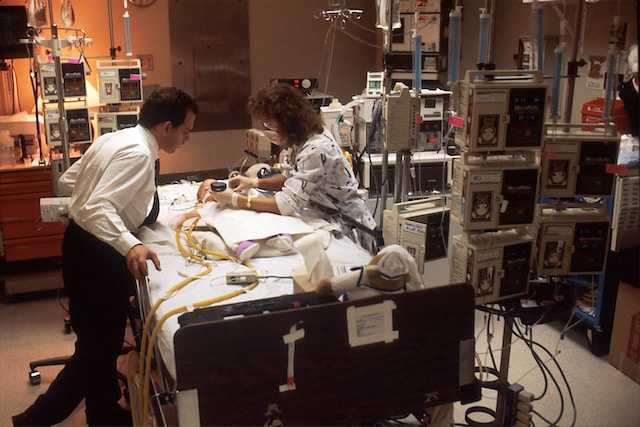In the labyrinth of American healthcare, where policies often resemble a chess match, each move can have profound economic consequences. As the nation grapples with the question of health insurance policies, the stakes have never been higher. Today, we delve deep into the intricacies of the US healthcare system, examining its impact on the economy and the lives of millions.
Economic Quagmire: The Cost of Healthcare

The United States spends more on healthcare per capita than any other developed nation, yet its outcomes often lag behind. At the heart of this conundrum lies the complexity of health insurance policies. From employer-sponsored plans to government-funded initiatives like Medicare and Medicaid, the landscape is a patchwork quilt of coverage options, each with its own set of advantages and drawbacks.
One of the primary economic impacts of healthcare policies is the burden they place on individuals and families. Rising premiums, deductibles, and out-of-pocket costs have left many Americans grappling with financial uncertainty. For those without adequate insurance coverage, even routine medical expenses can spiral into crippling debt, undermining economic stability at both the individual and societal levels.
Furthermore, the lack of universal coverage exacerbates disparities in access to care, perpetuating a cycle of inequality that reverberates throughout the economy. Healthy individuals are more productive in the workforce, contributing to economic growth, while untreated illnesses can lead to absenteeism, reduced productivity, and increased healthcare costs in the long run.
The Case for Comprehensive Reform
In the realm of healthcare policy, incremental changes often fall short of addressing the root causes of the issue. It’s time for a paradigm shift towards comprehensive reform that prioritizes accessibility, affordability, and equity for all Americans.
Universal healthcare, often touted as a controversial notion, is not merely a moral imperative but also an economic necessity. By consolidating fragmented systems and streamlining administrative overhead, a single-payer model could significantly reduce healthcare expenditures while ensuring universal access to essential services.
Moreover, investing in preventive care and public health initiatives can yield substantial returns on investment, preempting costly medical interventions down the line. By shifting the focus from reactive treatment to proactive wellness, we can cultivate a healthier, more resilient population and alleviate the strain on both individual wallets and the national economy.
Research Techniques:
Verifying information and uncovering sources in the realm of healthcare policy requires a multi-faceted approach. Fact-checking statements from government officials, industry experts, and advocacy groups is crucial to ensuring the accuracy of reporting. Additionally, consulting peer-reviewed studies, economic analyses, and data from reputable sources such as the Centers for Medicare & Medicaid Services (CMS) can provide valuable insights into the economic impacts of various health insurance policies.
Interviewing a diverse array of stakeholders, including patients, healthcare providers, policymakers, and economists, can offer nuanced perspectives on the real-world consequences of healthcare policy decisions. By triangulating information from multiple sources and critically evaluating the credibility of each, journalists can paint a comprehensive picture of the complex interplay between health insurance policies and the economy.
In conclusion, the economic impacts of US health insurance policies are profound and far-reaching, touching the lives of every American. By fostering informed dialogue, rigorous analysis, and bold reform, we can navigate the intricacies of the healthcare system and chart a course towards a healthier, more prosperous future for all.










